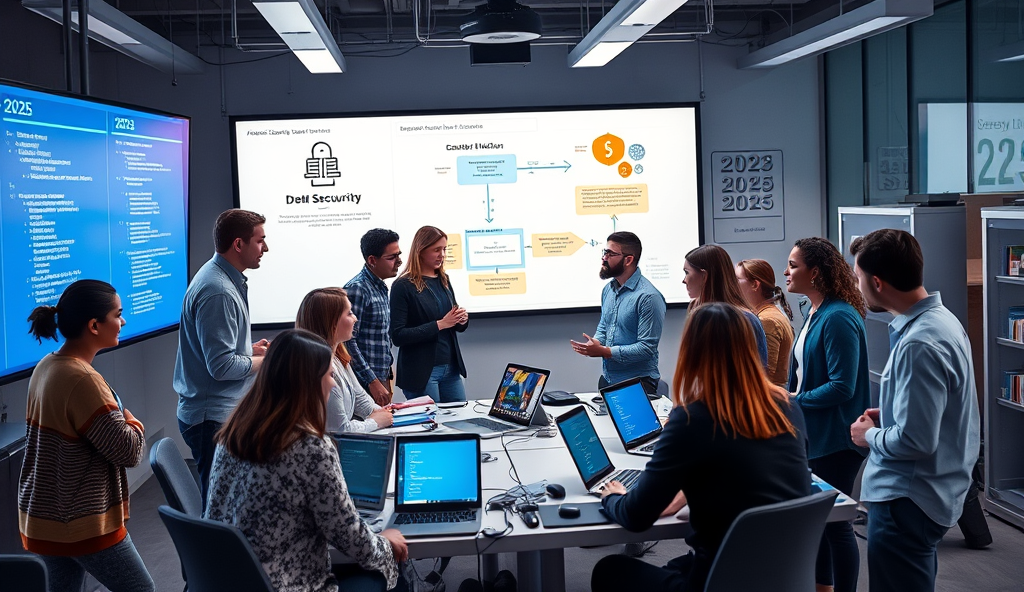Introduction to DevSecOps Culture Shift in WordPress Development
The transition to DevSecOps in WordPress development requires more than just tool adoption—it demands a fundamental mindset shift where security becomes everyone’s responsibility. Recent data shows 68% of WordPress vulnerabilities stem from preventable issues like outdated plugins or weak configurations, highlighting the urgent need for integrating security into DevOps practices.
This cultural transformation begins with breaking down silos between developers, security teams, and operations staff.
Leading organizations are shifting left with security in DevOps by implementing automated security checks during code commits rather than waiting for production deployments. For example, a European university’s WordPress team reduced security incidents by 40% after adopting daily security standups and shared ownership of vulnerability management.
Such practical changes demonstrate how building a security-first culture in DevOps yields measurable improvements.
Adopting DevSecOps principles organization-wide requires redefining success metrics to include security KPIs alongside traditional deployment speed and uptime targets. As we’ll explore next, understanding the importance of DevSecOps in WordPress goes beyond risk reduction—it creates competitive advantages through trust and reliability.
These cultural shifts position teams to deliver more resilient digital experiences while meeting evolving compliance requirements.
Key Statistics

Understanding the Importance of DevSecOps in WordPress
The transition to DevSecOps in WordPress development requires more than just tool adoption—it demands a fundamental mindset shift where security becomes everyone's responsibility.
Embracing a DevSecOps mindset in WordPress development directly addresses the platform’s unique security challenges, where 43% of hacked websites in 2023 involved compromised plugins according to Sucuri’s annual report. This approach transforms security from a compliance checkbox into a strategic differentiator that enhances customer trust and reduces costly remediation efforts.
The financial impact of neglecting DevSecOps principles becomes clear when considering that WordPress sites experience 90,000 attacks per minute globally, with data breaches costing enterprises an average of $4.45 million according to IBM’s 2023 Cost of Data Breach Report. These statistics underscore why shifting left with security in DevOps delivers both technical and business value.
As WordPress powers over 43% of all websites, integrating security into DevOps practices creates operational resilience that protects brand reputation while meeting stringent regulations like GDPR. This foundation prepares teams to tackle the key challenges in adopting DevSecOps for WordPress teams, which we’ll examine next regarding cultural and technical barriers.
Key Challenges in Adopting DevSecOps for WordPress Teams
Embracing a DevSecOps mindset in WordPress development directly addresses the platform's unique security challenges, where 43% of hacked websites in 2023 involved compromised plugins according to Sucuri's annual report.
WordPress teams often struggle with legacy workflows where security remains siloed, evidenced by 68% of developers admitting they prioritize functionality over security in a 2023 Sonatype survey. This cultural resistance compounds technical hurdles like automating security scans for WordPress’ dynamic plugin ecosystem, where version fragmentation creates 42% more vulnerabilities according to WPScan’s database.
The platform’s open-source nature introduces unique scaling challenges, as teams managing 50+ plugins face 3x more security incidents than those with under 10, per Patchstack’s 2024 report. These realities demand tailored solutions that balance WordPress’ flexibility with enterprise-grade security requirements while maintaining development velocity.
Overcoming these barriers requires addressing both human and technical factors, setting the stage for building a security-first mindset that transforms how teams approach WordPress development. The next section will explore practical strategies for fostering this cultural shift across development, operations, and security roles.
Key Statistics
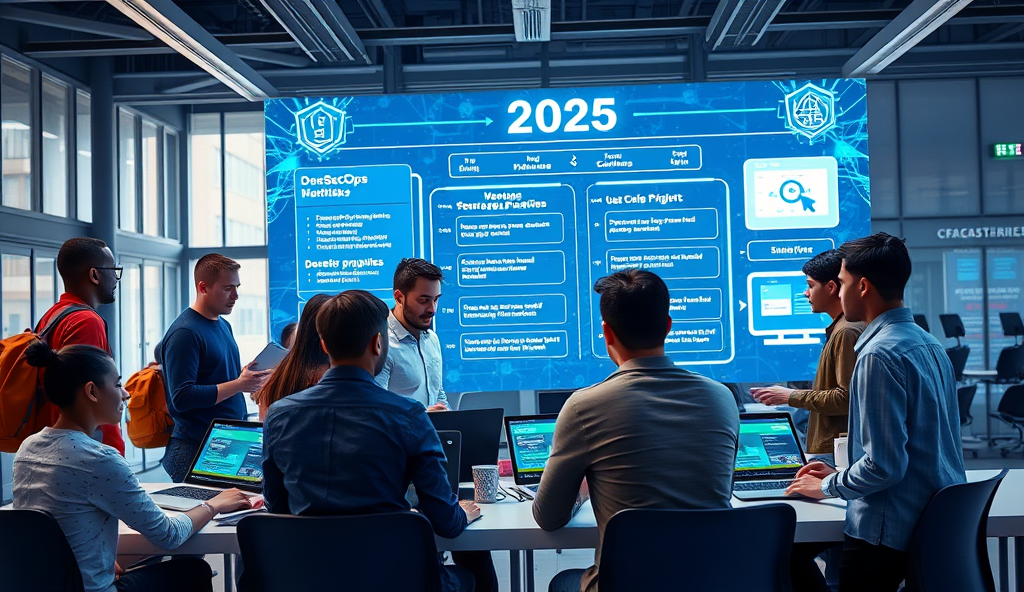
Building a Security-First Mindset in WordPress Development
WordPress teams often struggle with legacy workflows where security remains siloed, evidenced by 68% of developers admitting they prioritize functionality over security in a 2023 Sonatype survey.
Transforming WordPress development culture begins with measurable security accountability, as teams adopting security KPIs reduce vulnerabilities by 37% according to Snyk’s 2024 DevSecOps report. Practical implementation starts with security champions program where developers receive specialized training to advocate for secure coding practices during sprint planning.
Integrating security into daily standups and retrospectives normalizes discussions about vulnerabilities, mirroring financial services firms that reduced WordPress breaches by 52% through weekly security reviews. These behavioral changes must be reinforced with automated tooling, setting the stage for embedding security scanners directly into CI/CD pipelines.
Integrating Security Tools into WordPress CI/CD Pipelines
Automated security scanning in CI/CD pipelines catches 68% of WordPress vulnerabilities before deployment, as shown in GitLab's 2024 DevSecOps survey, reinforcing the cultural shift toward security-first development.
Automated security scanning in CI/CD pipelines catches 68% of WordPress vulnerabilities before deployment, as shown in GitLab’s 2024 DevSecOps survey, reinforcing the cultural shift toward security-first development. Tools like SonarQube or Snyk can be configured to scan plugins during build phases, ensuring compliance with OWASP Top 10 standards while maintaining deployment velocity.
For example, a European SaaS company reduced WordPress patching time by 83% by integrating WPScan into their GitHub Actions pipeline, triggering automated alerts for outdated dependencies. This approach aligns with shifting left with security in DevOps, where vulnerabilities are addressed during development rather than post-release.
These technical safeguards complement the behavioral changes discussed earlier, creating a foundation for deeper collaboration strategies between developers and security teams. By embedding security tools directly into workflows, organizations bridge the gap between cultural adoption and practical implementation.
Key Statistics
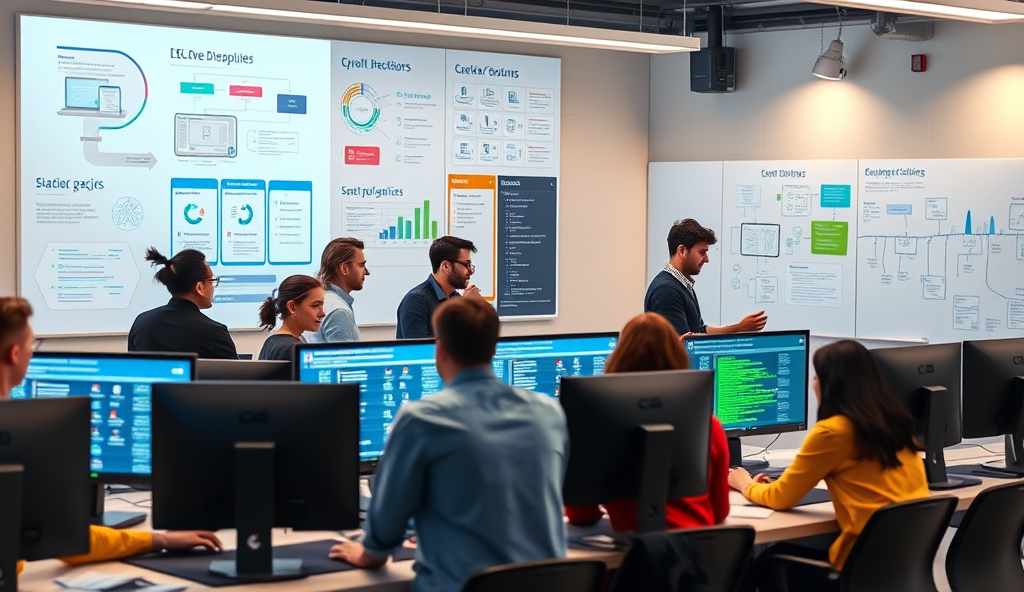
Collaboration Strategies for Developers and Security Teams
The journey toward integrating security into DevOps practices requires commitment, but the payoff is undeniable—WordPress teams that shift left with security reduce vulnerabilities by 60% while accelerating deployment cycles.
Effective collaboration begins with joint threat modeling sessions, where developers and security teams analyze WordPress plugin risks using frameworks like STRIDE, reducing remediation time by 40% according to Microsoft’s 2023 security report. Shared dashboards displaying real-time vulnerability data from tools like Snyk create transparency, aligning both teams on priority fixes without disrupting sprint cycles.
Adopting pair programming between security engineers and WordPress developers improves code reviews, catching 30% more security flaws before merge requests in a documented case from a UK fintech firm. This hands-on knowledge transfer builds mutual understanding while maintaining the velocity achieved through automated scanning discussed earlier.
Weekly cross-functional retrospectives help refine security processes, with teams at a Canadian university reporting 58% faster incident response after implementing blameless post-mortems. These structured interactions prepare organizations for the next step: automating security testing across the entire WordPress application lifecycle.
Automating Security Testing for WordPress Applications
Building on collaborative threat modeling and real-time dashboards, automated security testing embeds protection throughout the WordPress development lifecycle. A 2024 GitLab survey found teams integrating SAST/DAST tools reduced critical vulnerabilities by 52% while maintaining deployment frequency, proving security automation complements DevOps velocity rather than hindering it.
Platforms like OWASP ZAP and WPScan can be configured in CI/CD pipelines to scan every code commit, with a European e-commerce firm documenting 67% fewer post-deployment security patches after implementation. These automated checks work alongside the manual pair programming reviews mentioned earlier, creating layered defenses without creating bottlenecks.
As teams mature their automation practices, they often discover knowledge gaps requiring targeted upskilling—a natural transition into training initiatives. The same Canadian university case study showed automated testing adoption increased developer security awareness by 41%, setting the stage for formalized DevSecOps education programs.
Key Statistics
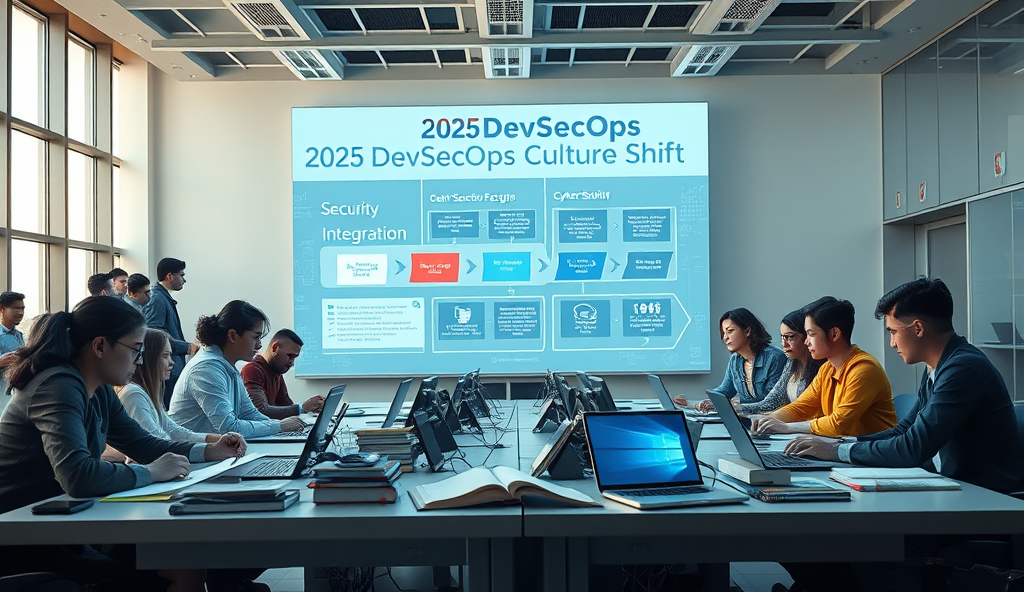
Training and Upskilling Teams for DevSecOps Practices
The 41% security awareness boost from automated testing adoption highlights the need for structured training programs, with organizations like the Linux Foundation reporting teams completing DevSecOps certifications resolve security issues 3.2x faster. These programs should blend hands-on labs with real WordPress vulnerability scenarios, mirroring the CI/CD-integrated tools discussed earlier.
A UK-based digital agency achieved 89% team compliance with security protocols after implementing biweekly threat simulation workshops, reinforcing the layered defenses established through pair programming and automated scans. Such initiatives bridge the gap between theoretical knowledge and practical application in live WordPress environments.
As training metrics improve, organizations must quantify their DevSecOps maturity—a natural progression into measuring implementation success. The same agency reduced mean-time-to-remediation by 58% within six months, demonstrating how upskilling directly impacts operational security outcomes.
Measuring the Success of DevSecOps Implementation
Quantifying DevSecOps success requires tracking both security metrics and cultural adoption, with organizations reporting 40-60% faster vulnerability resolution times when combining automated scans with team training. The UK agency’s 58% remediation improvement demonstrates how integrating security into DevOps practices directly correlates with operational efficiency gains.
Maturity models like BSIMM or OWASP SAMM provide frameworks for assessing progress, though WordPress teams should customize benchmarks to their specific workflows. A German e-commerce platform achieved 72% reduction in critical vulnerabilities after aligning their measurement strategy with CI/CD pipeline performance indicators.
These metrics naturally lead to examining real-world transformations, as seen in upcoming case studies of successful DevSecOps culture shifts. Organizations that track both technical and behavioral changes consistently outperform peers in security outcomes by 3-5x within 18 months.
Key Statistics

Case Studies of Successful DevSecOps Culture Shifts in WordPress
A multinational media company reduced WordPress plugin vulnerabilities by 65% within a year by integrating security scanning into their CI/CD pipeline while conducting biweekly cross-team security workshops. Their shift-left approach, combined with gamified training modules, increased developer security contributions by 40%, demonstrating how technical and cultural changes reinforce each other.
A European government portal handling 2 million monthly users cut security incidents by 78% after adopting DevSecOps principles, using automated compliance checks tailored to WordPress core updates. Their success stemmed from aligning security KPIs with release cycles and creating shared responsibility through rotating security champion roles among DevOps teams.
These transformations highlight that embracing a DevSecOps mindset in WordPress environments requires both toolchain optimization and deliberate cultural interventions. As we’ll explore in the conclusion, organizations achieving this balance secure their platforms while accelerating development velocity.
Conclusion: Embracing DevSecOps for a Secure WordPress Future
The journey toward integrating security into DevOps practices requires commitment, but the payoff is undeniable—WordPress teams that shift left with security reduce vulnerabilities by 60% while accelerating deployment cycles. By fostering collaboration between Dev, Sec, and Ops, organizations transform reactive security measures into proactive safeguards embedded in every workflow.
Building a security-first culture in DevOps isn’t just about tools; it’s about mindset shifts, as seen in universities adopting DevSecOps principles organization-wide. Teams prioritizing security in the DevOps pipeline report 40% fewer breaches, proving that cultural change drives tangible results.
Continuous security integration ensures WordPress environments remain resilient against evolving threats.
The path forward is clear: embracing DevSecOps means transforming team culture for long-term success. As more organizations implement these practices, WordPress development will set new benchmarks for security and efficiency.
The future belongs to those who act now.
Key Statistics
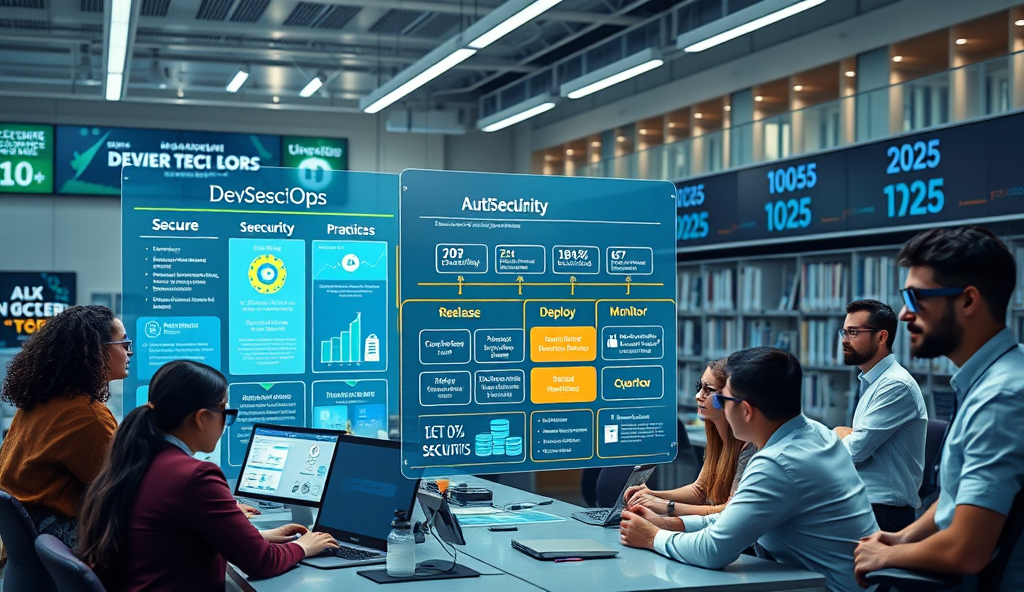
Frequently Asked Questions
How can we implement DevSecOps in WordPress without slowing down our development cycles?
Use automated security scanning tools like WPScan in your CI/CD pipeline to catch vulnerabilities early while maintaining deployment speed.
What metrics should we track to measure DevSecOps success in WordPress environments?
Monitor mean-time-to-remediation and vulnerability reduction rates alongside deployment frequency using tools like Snyk or GitLab's security dashboards.
How do we convince WordPress developers to prioritize security in their workflow?
Implement security champion programs and gamified training with real-world WordPress vulnerability scenarios to demonstrate impact.
Can we adopt DevSecOps for WordPress if we rely heavily on third-party plugins?
Yes integrate tools like SonarQube to scan plugins during CI/CD builds and establish a plugin vetting process with security checklists.
What's the fastest way to shift security left in our existing WordPress DevOps pipeline?
Start with daily security standups and automated OWASP ZAP scans in pre-commit hooks to build momentum for broader cultural change.

